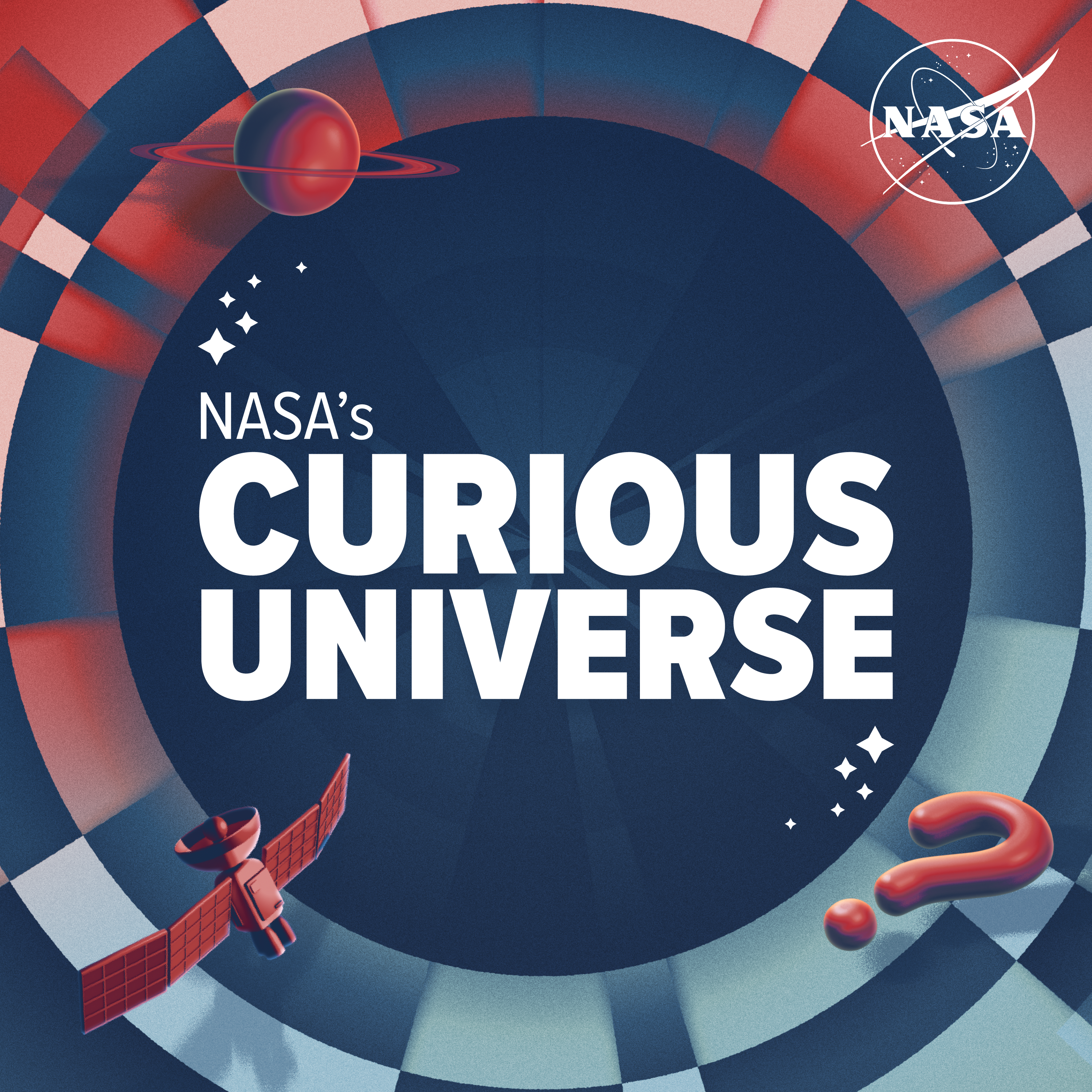Come get curious with NASA. As an official NASA podcast, Curious Universe brings you mind-blowing science and space adventures you won’t find anywhere else. Explore the cosmos alongside astronauts, scientists, engineers, and other top NASA experts. Learn something new about the wild and wonderful universe we share. All you need to get started is a little curiosity.

Come get curious with NASA. As an official NASA podcast, Curious Universe brings you mind-blowing science and space adventures you won’t find anywhere else. Explore the cosmos alongside astronauts, scientists, engineers, and other top NASA experts. Learn something new about the wild and wonderful universe we share. All you need to get started is a little curiosity.
NASA has a record of Earth observations going back more than 50 years. What might be in store for the next 50 years? In this finale of our Earth series, we hear from two scientists helping to chart the course of NASA Earth science. There are still many unanswered questions about our home planet. As the only planet that we know to have life, studying Earth is also crucial as NASA searches for other habitable worlds.
Take a deep breath, and you’re inhaling oxygen from Earth’s atmosphere. Take a walk outside, and the atmosphere is shielding you from harmful radiation. NASA research provides crucial data to understand air quality and the intricate processes happening in the sky above us. In this episode, hear the inside story of NASA’s research into the ozone layer. Left unchecked, our reliance on ozone-depleting chemicals threatened to expose the entire planet to dangerous UV radiation. We’ll also fly along with Laura Judd, a NASA scientist studying air quality in the U.S. and around the world.
Earth has an incredibly varied and ever-changing landscape—jagged mountains, arid deserts, lush rainforests, rolling wheat fields. Before NASA came on the scene, no one was keeping a systematic eye on the ground from above. NASA scientist Brad Doorn explains how one long-running satellite program collects the data farmers need to grow the crops that feed the world.
Life all over the planet—even far from the coasts—depends on the oceans. A pair of NASA satellites, PACE and SWOT, is giving us a fresh look at Earth’s water. PACE tracks color changes driven by tiny plankton, which give us a big-picture view of ocean life. By measuring sea level height from space, SWOT shows ocean currents and other features in new detail. NASA scientists Cecile Rousseaux, Kelsey Bisson, and Josh Willis dive into new research with a lot of color and a little bit of rock and roll.